2018! We did it! Way to go, Earth! We’re number one! We’re number one!
As we do each year, the TechCrunch Staff — our writers, our illustrators, our editors and more — have gathered together and come up with a mega list of our favorite things of 2018.
“Things” here is intentionally defined rather loosely. “Things” here can be a book, or a game, or a concept, or a thought, or an album, or anything else. It can be something that popped up for the first time in 2018, or it can be something we’ve had for a while but found a new appreciation for this year. We tried to limit it to things you, too, might be able to enjoy (so no people from our respective lives, for example) — but beyond that, if it left a positive mark in our lives in 2018, it can make the list.
Here goes!
Greg Kumparak, Editor
Google’s Night Sight Mode

Google recently added a low-light photography mode to its Pixel phones, and it’s just ridiculously good. It’s one of those “Hahaha there’s no way it really works like thaaaOH MY GOD WAIT HOW DID IT DO THAT” features. Other phone makers will be chasing this feature in 2019.
The magical combo that is the Kindle Oasis with a PopSocket
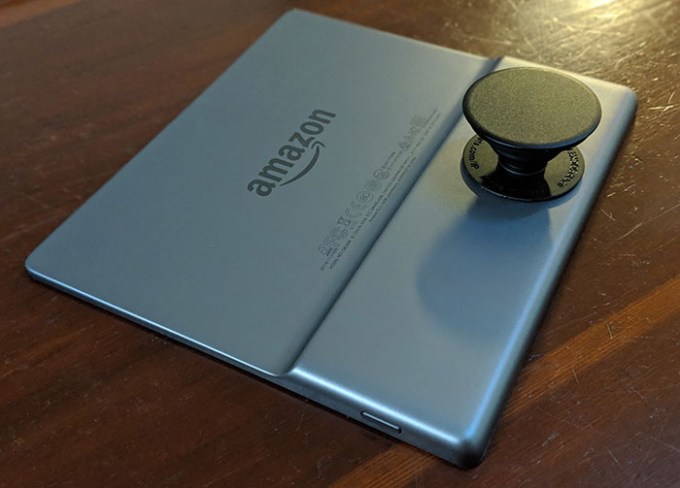
I liked my Kindle Oasis in 2017. It’s light! It’s waterproof! The battery lasts for-freakin’-ever! But the more I use it, the less certain I am that it was actually designed for human hands. The back is slippery smooth, with a weird ridge that looks like it should be easy to hold onto for extended periods of time but isn’t really.
In 2018 I stuck a PopSocket on the back and it changed everything — I’m reading more often, and for much longer stretches. My Kindle has gone from something that lives on my nightstand to something that is always with me. Between the light weight of the Oasis and the flexibility of the PopSocket, it’s the most comfortable reading experience I’ve ever had.
99% Invisible

I’ve been commuting more this year, with the upside being that I’m finally able to catch up on a thousand podcasts I’ve been wanting to listen to forever.
My favorite right now is 99% Invisible — it’s one that friends have been suggesting to me for years, and now I’m sort of mad I didn’t start listening sooner. Each episode focuses on something that we tend to overlook; the history of the places around us, the clothes we wear, the tools we use, etc. They start most episodes with a bit of narrative, then throw you face-first into a rabbit hole. They present a little dangling thread, then spend the next 20-30 minutes tugging on it until your understanding of that thing unravels and reforms. I’m hooked.
Spider-Man for PS4

This game. Just… damn.
I can’t remember the last single player game I enjoyed quite this much. It’s the first game that convinced me to pre-order all of the DLC long before I was even done with the main campaign. It’s the first game I’ve been drawn back to after completing every storyline, side quest and collectible.
There’s too much right about this game to fit into a little blurb like this, but above it all: that webswinging, though. Insomniac Games built a webswinging system that’s intuitive enough to immediately make sense, but complex enough that you can get more adept and precise every time you sit down to play. What could’ve been deeply frustrating instead feels very natural and, before long, wired in. Sequel please.
Devin Coldewey, Writer

Return of the Obra Dinn
At once an interactive storybook, a maddening logic puzzle and a beautiful game, Lucas Pope’s Return of the Obra Dinn bucks pretty much every gaming trend and is a resounding success. Tasked with investigating the fates of all hands aboard the derelict Obra Dinn using an artifact that shows you the scenes of their deaths, you work your way backwards and forward through a strange, compelling story told in freeze frame, snippets of audio and your imagination. Not for quitters — this game is hard.
Vita Nostra

I’ve been disappointed by modern sci-fi, fantasy and magical realism for years, and thought I’d try my luck with this newly translated novel touted as “Harry Potter meets metaphysics in backwater Russia.” A girl is approached by a mysterious stranger offering entrance to a mysterious school… but instead of magic the students seem to be having their minds systematically broken. I was very pleasantly surprised by the freshness, weirdness and intelligence of Vita Nostra, which is nothing like anything else I’ve read, and certainly not in the increasingly overcrowded YA genre, which this only barely fits into. I’d recommend this to anyone over 16 who’s okay with having their mind bent a bit.
My trusty iPhone SE
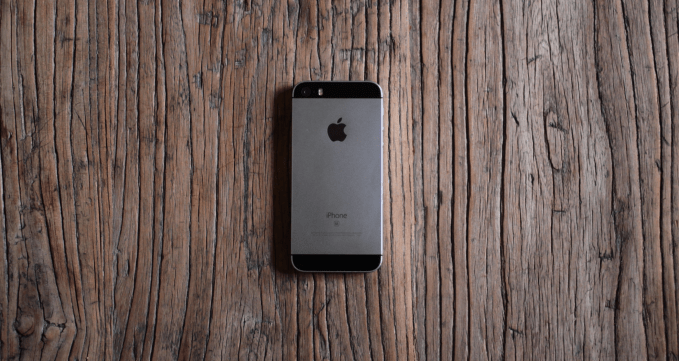
As everyone in the world fusses about the latest, largest phones, which notch is best and how to get the most out of your virtual assistant, I’m content with my years-old, pocket-sized iPhone SE, in my opinion the zenith of Apple’s design philosophy. It’s been discontinued (I suspect because it was still showing up newer models) and that’s a shame. I wish more things in the tech world worked as well and lasted as long as this phone.
Catherine Shu, Writer
Trekz Air
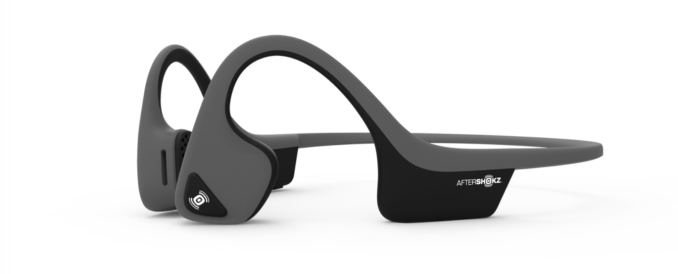
I belong to a group for fans of true crime podcasts who are also parents of young children. We were wondering how to indulge that interest without traumatizing our offspring and someone suggested bone-conduction headphones, which send sound vibrations through the bones of your cheeks and jaw, keeping your ears open so you remain aware of surrounding noises.
I bought a pair of wireless Trekz Air and they have totally changed my life. Fine, that’s hyperbole, but I love being able to listen to things while keeping an ear out for my toddler, deliveries or traffic. Not surprisingly, the sound quality doesn’t match traditional headphones, but it’s more than clear enough for spoken words. Trekz Air are lightweight and a good option for people who find earbuds uncomfortable but don’t want to lug around over-the-ear headphones. The vibrations tickle at first, but you get used to them.
Paprika (the app, not the spice)
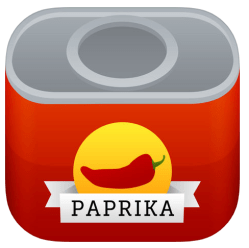
Before downloading Paprika, using online recipes meant printing them out or smearing grease, flour and possible traces of salmonella on my iPhone. Paprika makes everything easier by downloading recipes, cutting out the 2,000 word essays and dozens of photos many food sites publish, and sorting ingredients and directions into organized sections. You also can keep an inventory of ingredients you already own and match that against meal or menu plans to automatically create grocery shopping lists. The iOS and Android apps cost a very reasonable $4.99.
NPR’s Believed podcast

Believed is often painful to listen to, but it is one of the most important podcasts released this year. Through interviews with survivors, their parents, advocates and law enforcement officials, Michigan Radio reporters Kate Wells and Lindsey Smith not only examine how Larry Nassar was able to get away with sexually abusing hundreds of girls and women for so many years, but also how his young victims eventually found their voices and succeeded in bringing him to justice. (For people raising kids, the “Gaslighting” and “The Parents” episodes are essential listening.)
BBC Radio 3 Slow Radio’s episode “Forgotten Sounds”

The episode captures many of the noises that once formed the ambient soundtrack of daily life, but are disappearing as technology advances, including typewriters, printing machines and looms. All are combined by composer Iain Chambers into a gentle medley that’s awesome for background noise if you find music too distracting while you work.
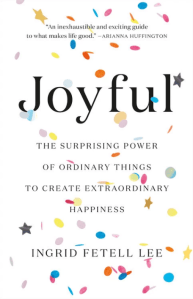
Joyful by Ingrid Fetell Lee
Lee, a designer, breaks down the aesthetic elements that induce feelings of contentment, wonder and glee: lush bouquets and bright colors, balloons bobbing in the air, gardens hidden in the city neighborhoods, the glow of sunlight against pale yellow walls, a silly pair of socks, the perfect harmony of a Rockettes’ kick line. Her book makes a solid argument for the link between good design and social well-being, while serving as a guide for how you can create more moments of transcendence and joy in your life.
Rookie on Love edited by Tavi Gevinson
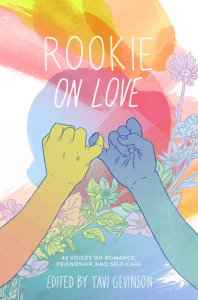
I’m more than a decade older than their target age bracket, but I loved Rookie, the online magazine for teenagers edited by Tavi Gevinson, because it was the kind of thing I longed for in high school and I was just happy it existed. It also brought exposure to an amazing group of young writers and artists, including Jenny Zhang, Hazel Cills, Petra Collins and Rachel Hodgson (to name just a very truncated list).
Though the site recently announced it will stop publishing new content, this year also marked the release of Rookie on Love, an anthology of essays, interviews and comics about all kinds of love — romantic, platonic, familial, self — and heartbreak. It is just as remarkable as the Rookie Yearbook series and cements the legacy Gevinson and her colleagues built over the last seven years.
Bougainvillea

Photo by Leonora (Ellie) Enking
Want a plant you can’t kill? Screw succulents. Get a bougainvillea instead. I bought four potted ones and they make me feel like a gardening genius. The bright pink perennial blooms also add a happy note to my balcony on cold and grey days.
Romain Dillet, Writer
VanMoof bike

2018 has been an interesting year for people living in Paris and who love bikes. In 2017, I was using Paris’ bike-sharing system (Vélib) constantly, but couldn’t anymore because the new provider made the whole system unusable.
After a lot of Ofo and Mobike rides, I became frustrated with the unpredictable nature of free-floating services. Will I find a bike? Is the bike broken? And let’s be honest, those bikes tend to suck.
So I switched to a VanMoof Smart X and I love this bike. It’s a solid, connected bike that doesn’t need a ton of attention.
People
This weekend, maybe you can leave your phone in your pocket and talk with people around you. After countless examples of Facebook missteps, multiple digital well-being dashboards and many #quitfacebook hashtags, it’s time to act.
If you were waiting for proof that social networks, ad companies and addictive engagement tricks were hurting your social behavior, now you have it. A tiny little red number shouldn’t stop you from engaging in an interesting conversation with your family, your neighbor, your Uber driver or the person waiting in line in front of you for a concert.
I’m not perfect on this front. The goal isn’t to reach perfection — being mediocre at something is OK. But trying to talk a tiny bit more with people around you is already better than clearing your Instagram feed multiple times a day.
Natasha Lomas, Writer
Open DMs on Twitter

It’s a bit of a love-hate “favorite” because my Twitter account’s noise to signal ratio has inexorably taken a (small) hit after I opened up DMs this year. But, on balance, having to tune out a bit of spam PR/worthless crypto pitches/random “suspicious” photo-messages (which are helpfully autoblocked from being displayed by Twitter anyway) has been worth it to allow some interesting new signals to filter through via direct message.
Email is an alternative channel for this, of course. But the level of inbox noise makes it challenging for this type of “alien signal” to break through. Ditto LinkedIn, which also only offers the messaging feature to paying users or existing contacts. So Twitter — at least for now — offers a decent alternative where interesting strangers can whisper in your ear. There’s no predicting what might happen to the calibre and cadence of these alien signals in the future though. Much like Slack used to claim to aid productivity until it became a self-replicating, attention-sucking virus, comms technologies work until they break from overuse (and/or corporate growth targets…).
Travis Bernard, Audience Development
Sonos’ 5.1 Surround Sound Set
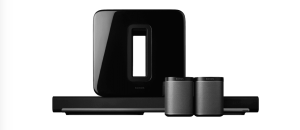
My sound system stopped working this year, so I looked into getting a Sonos system. The price was initially a turn-off, but after using it for the last few months I can honestly say it’s well worth the steep price tag. The sound is stellar, but what’s more impressive was that it only took 30 minutes to set up a 5.1 surround sound system.
Megan Rose Dickey, Writer
OWL Two-way Dash Cam

It’s an always-on camera for my car that gives me peace of mind that no one is smashing my windows or towing my car.
Otter, a transcription service
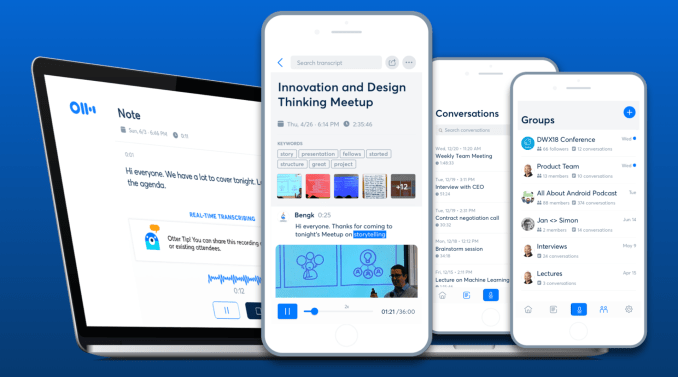
These transcriptions are the actual best. This tool has become my go-to for transcribing recorded interviews.
Super Mario Party for Nintendo Switch

It’s a fun, pick-up-and-play kind of game that’s great for groups — even if half the group isn’t usually super into games.
Brian Heater, Writer
Hell-On by Neko Case
“God is not a contract or a guy / God is an unspecified tide” is one of the great opening lines, on-par with Patti Smith’s “Gloria” and Nick Cave’s “Into My Arms.”
I don’t know how, but seven records into her solo career, the sometime New Pornographer keeps getting better. Hell-On is an intricately layered and deeply personal expression from an immensely talented singer-songwriter.
Sorry to Bother You
If you haven’t had this spoiled yet, congrats. Turn off all internet notifications and go watch it immediately. Sorry to Bother You is such a beautiful brainfuck in ways the trailer, thankfully, doesn’t begin to approach. True, there’s all of the social commentary one would expect from the directorial debut of Coup frontman Boots Riley, but the movie explores the subjects through shockingly hilarious unexpected avenues.
Muse 2 headset
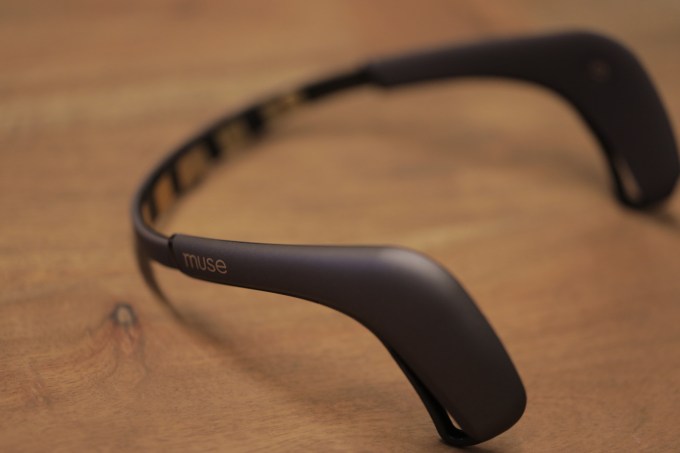
I’m bad at meditation. Like really, really bad. I may be the only person in the world who actually gets MORE anxious when I sit quietly with my thoughts. I’ve had mixed results with apps (Calm has been my go-to, of late), and while I initially balked at the idea of gamifying the process, I’ve actually found this wearable a useful tool in helping regain my focus, even when not wearing it.
Nancy by Olivia Jaimes

Nancy, Olivia Jaimes’ take on the octogenarian newspaper strip, feels too good for this world. Or at very least, too good for the hate-spewing comments section that follows it around on GoComics.com. You see, newspaper strips are like Ghostbusters or Star Wars. People want a fresh take on something familiar that’s somehow exactly the same as the original. Jaimes has the unenviable task of being the first woman to take on Ernie Bushmiller’s beloved strip, and some of the angrier corners of the internet have not been so kind — causing her to take on a forced anonymity. It’s not for lack of brilliance. Her take on the strip is often hilarious and frequently meta — exactly the sort of stuff we’d hope for Nancy and Sluggo.
Sharp Objects

I travel a lot and do around 75 percent of my movie watching on planes. Turns out you run out of reasonable movie choices pretty fast. Thankfully, I discovered this Showtime series at the beginning of a 16-hour flight back from Hong Kong and proceeded to watch the entire thing, front to back in one leg-cramping binge. It’s the only show that’s held my increasingly short attention span since last year’s Twin Peaks reunion. Sharp Objects leans less on the weird, but has enough left-field twists and turns to make it one of the most engaging series in recent memory.
Sarah Perez, Writer
DoublePane for macOS

I’ve used this for years as a window manager for when I have to drop from 2 screens to 1. I realized how important it was to me this year, when it was one of the first installs on a new Mac.
This $11 clear case for my iPhone XR
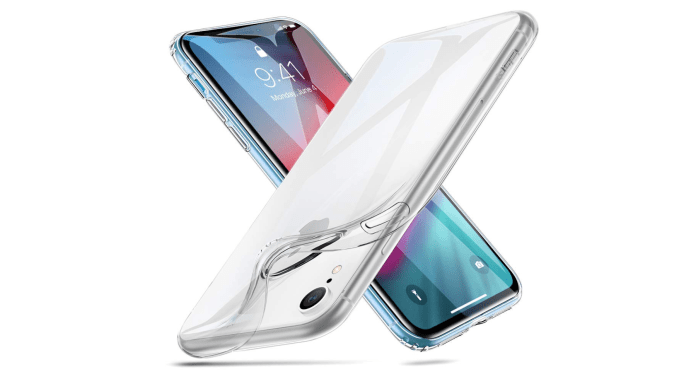
I mean, I drop my phone a lot and it’s not cracked yet, but feel free to spend 3x more on Apple’s version.
(also, +1 to what Greg said about PopSockets)
Bryce Durbin, Illustrator
All the Answers by Michael Kupperman
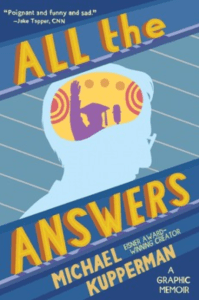
Michael Kupperman is known for hilarious, absurd comics such as Snake ‘n’ Bacon and Mark Twain’s Autobiography 1910-2010, but the author opens up about his own family history in this graphic memoir. His father is “quiz kid” Joel Kupperman, who became world-famous in his youth but retreated from the spotlight after adolescence. The memoir is beautifully rendered in stark black and white drawings as Kupperman tells his father’s life story in an effort to understand his own. Buy it here.
Meet My Friends The Friends
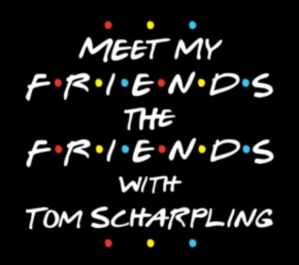
Meet My Friends The Friends is ostensibly a recap podcast about Friends, but you don’t have to like or know the ’90s sitcom to enjoy this.
Tom Scharpling (who also hosts The Best Show) tries to run a smooth ship that seems to be coming apart right from its launch due to infighting with his engineer(s). Running jokes about music cues, sound effects bumpers and fake ads for ridiculous companies and products build throughout the series. Unlike the sprawling Best Show, each episode of MMFTF is about 15 minutes.
Jordan Crook, Editor
Nanette by Hannah Gadsby
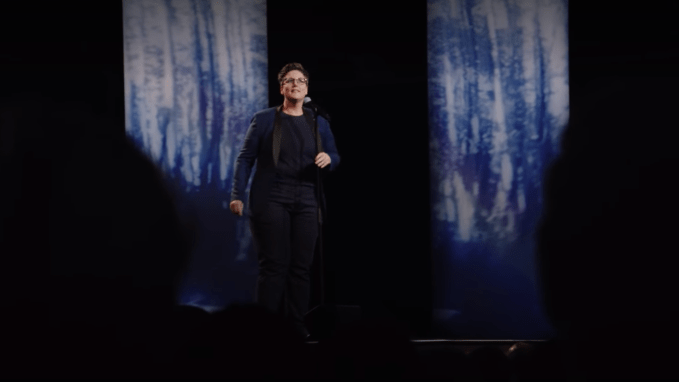
I’m a huge fan of stand-up comedy, but no special has ever touched my heart the way that Nanette did. Hannah Gadsby reimagines what a stand-up special can be. She feeds information to the audience bite by bite, whether it’s the sad reality of art history legends or her own personal stories, all the while narrating the underlying meaning of the special. Bottom line: Is it funny? Yes. Very. Does it go beyond funny to something more meaningful? Indeed, it does, and with a combination of authenticity and grace that are rarely paired so well.
Red Dead Redemption 2

If the holidays are a time for rest and reflection, heading into the new year means taking on new challenges. Red Dead Redemption 2 is great for both. It’s a laid back beautiful game that at times feels much more like a movie than a game, and yet the sheer volume of the game is most certainly a vast undertaking. It follows the story of a man, Arthur Morgan, but also the story of a time and place.
Brooklinen sheets

Growing up, my parents’ bed was always the best bed in the house. Not only was it a giant California King (which feels like a cruise ship to a six-year-old), but it was beautiful and had the most luxurious, soft sheets. The older I get, the more I feel pushed to make my bed just as luxurious, and Brooklinen has paved the way. The mix-and-match sheet sets are adorable, and they feel amazing. Plus, they’re pretty affordable.
Lucas Matney, Writer
Apple HomePod
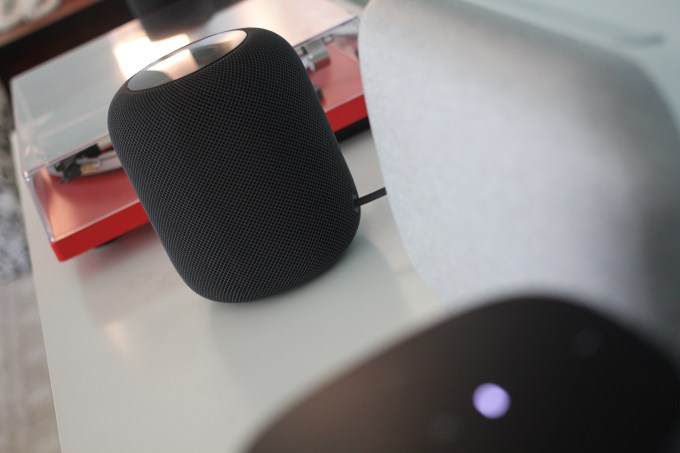
I am what most would call a smart speaker power user. Despite living in an apartment with few distinct rooms, I’ve somehow gotten addicted and am situated with a dwelling that has twice as many smart speakers as it does doors.
As such, I was super intrigued by the HomePod when it came out. I was already an Apple Music user because of the enhanced support for other devices, but I’ve really enjoyed the capabilities of the HomePod beyond its nepotistic relationship with Apple Music. The voice command isolation usurps similarly priced speakers, and the speaker is incredibly well-balanced, with solid bass and volume that fits my needs. Siri’s capabilities are getting there and hopefully Apple gets a little bit more aggressive with what bits are Siri-enabled in the next iOS release. Overall, I am still a big fan of Siri’s most custom-built hardware home.
Logitech Harmony Home Hub
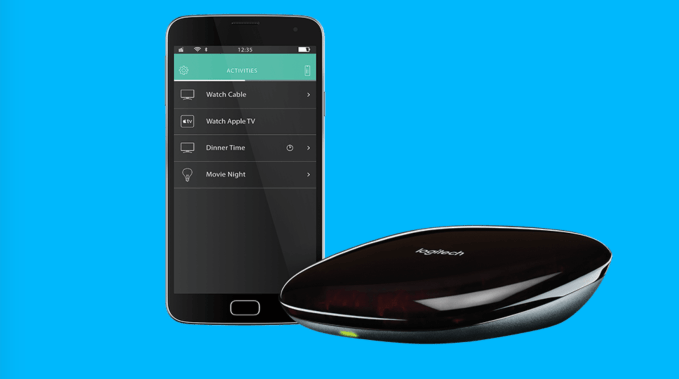
Combining home theater gear into a unified smart system is often the most frustrating tech task you can attempt. This year I picked up a Harmony Home Hub for about $50 and made everything a lot easier. The idea of controlling all of your gear with your phone is sometimes better in theory than it is in practice, but by using the IFTTT app you can create custom Google Assistant or Alexa controls for the Harmony Hub so that you can easily switch between audio and video outputs. I still keep my remotes around, but I’m able to do a good chunk of what I want with my voice.
Oculus Go
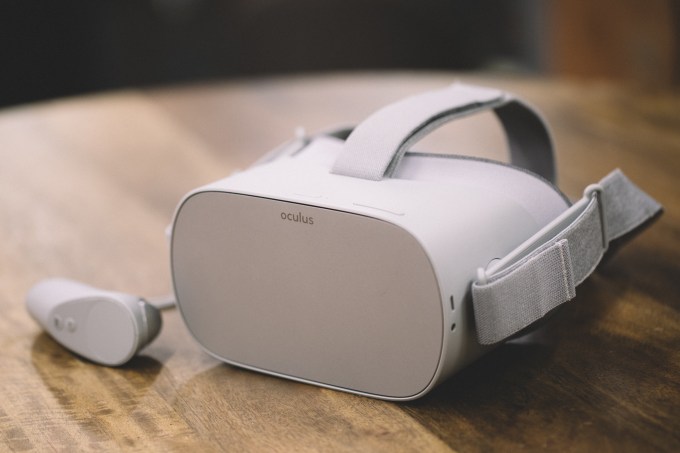
The perfect flight companion. I have spent a ton of time with VR headsets and, for the most part, it’s been time I wish I could get back. That being said, I’ve really liked traveling with Facebook’s Oculus Go headset on my last couple long-haul flights. A lack of self-awareness is something Santa can’t put under your tree, but spending 7 or 8 hours with a VR headset strapped to your face binging movies on an airplane is borderline magical if you can stomach the fact that you’ll end up being ridiculed in about a dozen tweets by the end of your flight.
Anthony Ha, Writer
The Leftovers

Friends — and regular listeners of our Original Content podcast — know that it takes a lot for me to stick around for more than one season of a TV show, even a show that I’m enjoying. (There’s just so much else to watch!) But this year, I finally caught up on seasons two or three of HBO’s The Leftovers, and I can now confidently state that it’s one of the best shows ever made.
Aside from maybe Twin Peaks, I can’t think of anything else that mixes goofy humor and existential despair, the surreal and the mundane, so effectively. Carrie Coon delivers an all-time great performance as Nora Durst, a woman whose entire family disappeared in the mysterious Sudden Departure, and when Justin Theroux sings “Homeward Bound,” it’s probably the most emotionally devastating karaoke performance you’ll ever see.
Forest
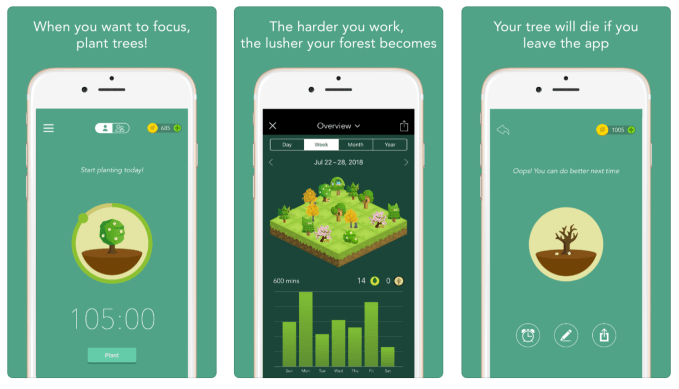
Like everyone whose working life has moved online, my concentration has been shot to hell, which is why I’ll happily try out anything with a halfway-decent chance of making me less distractible and more productive.
The Pomodoro technique (basically: you work without interruption in 25-minute intervals, then take short breaks) turns out to be less-than-ideal for covering breaking news, but it’s great for other, longer-form writing, like fiction. And while there are plenty of Pomodoro timers in the App Store, Forest has become my favorite, thanks to its playful design, and the cheerful scolding you get when you’re tempted to break concentration by checking your phone.


Source: Tech Crunch
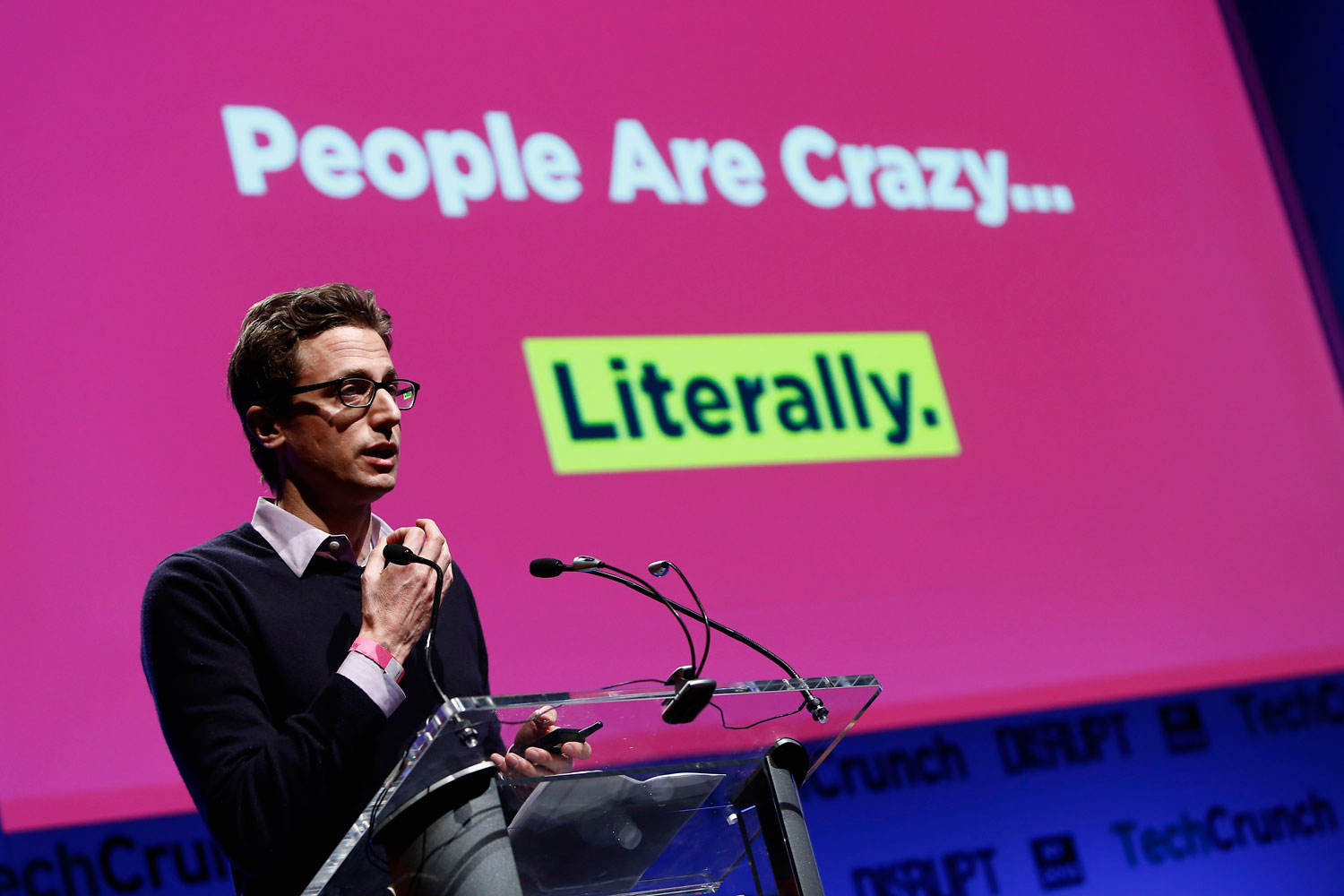









































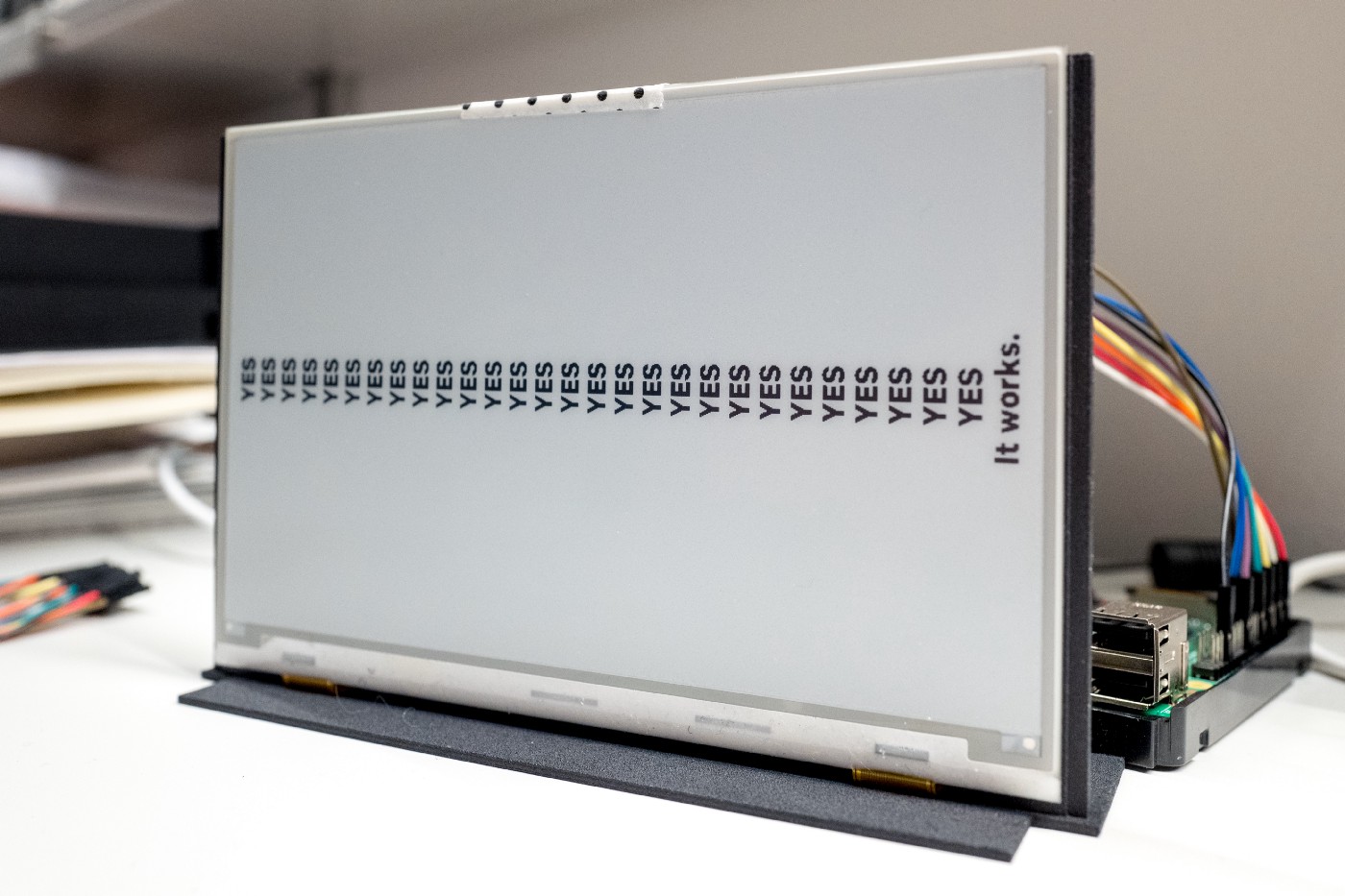

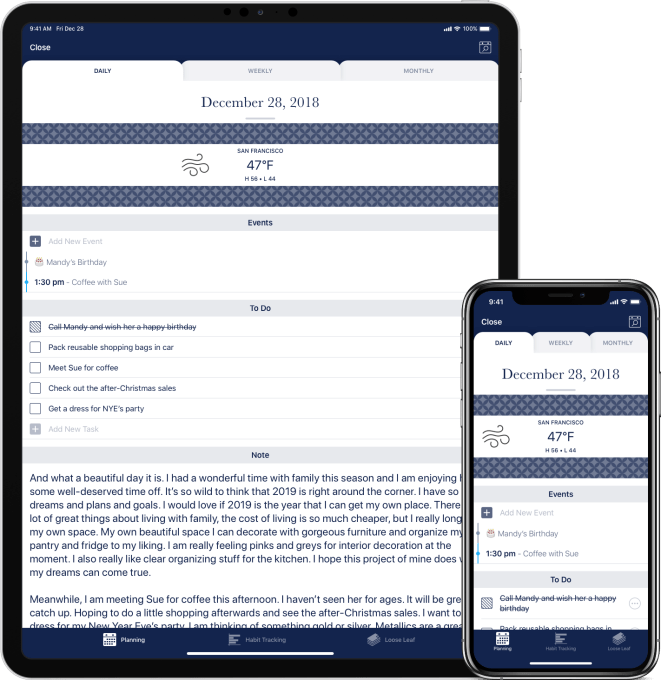
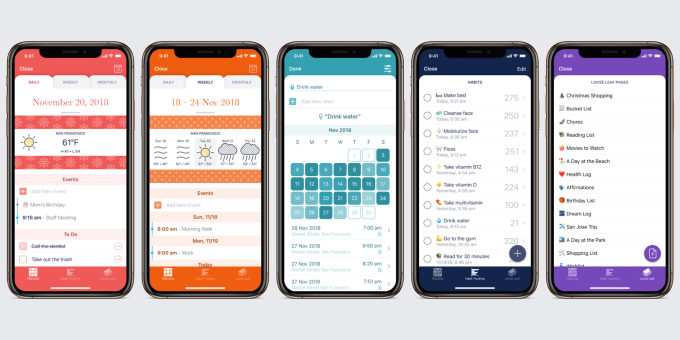
Recent Comments